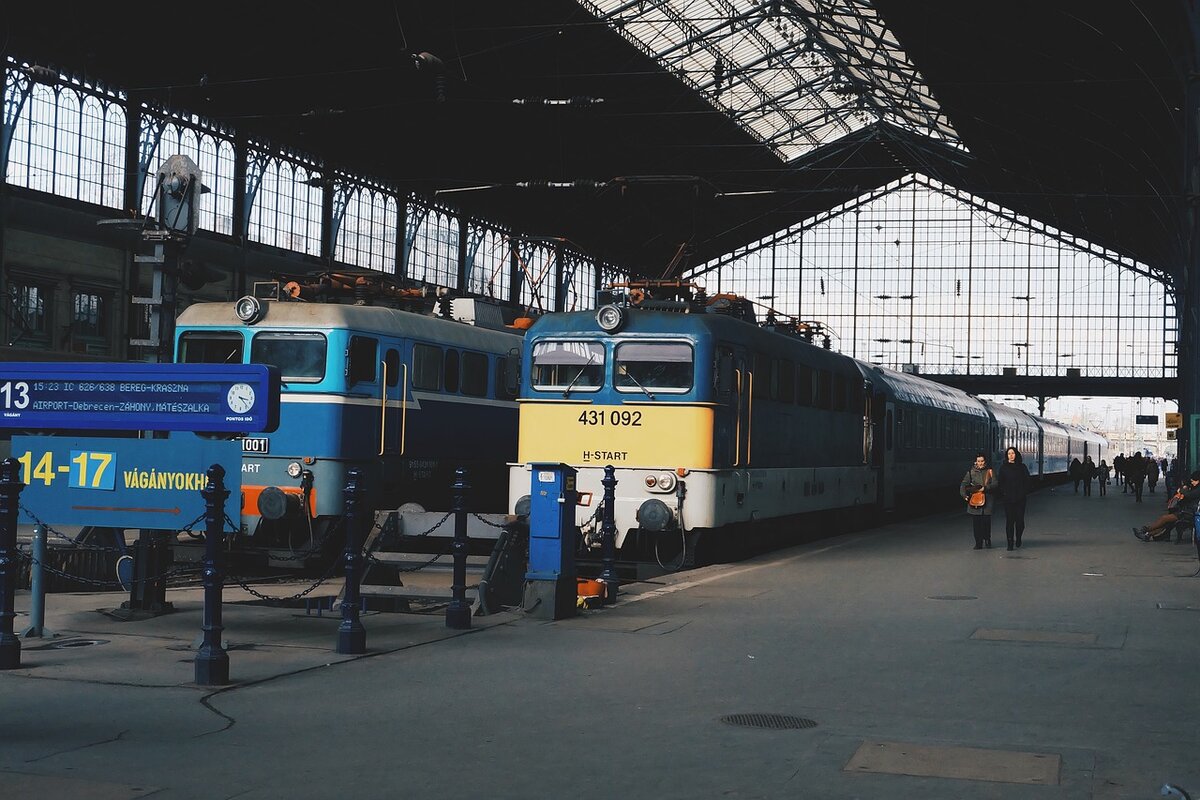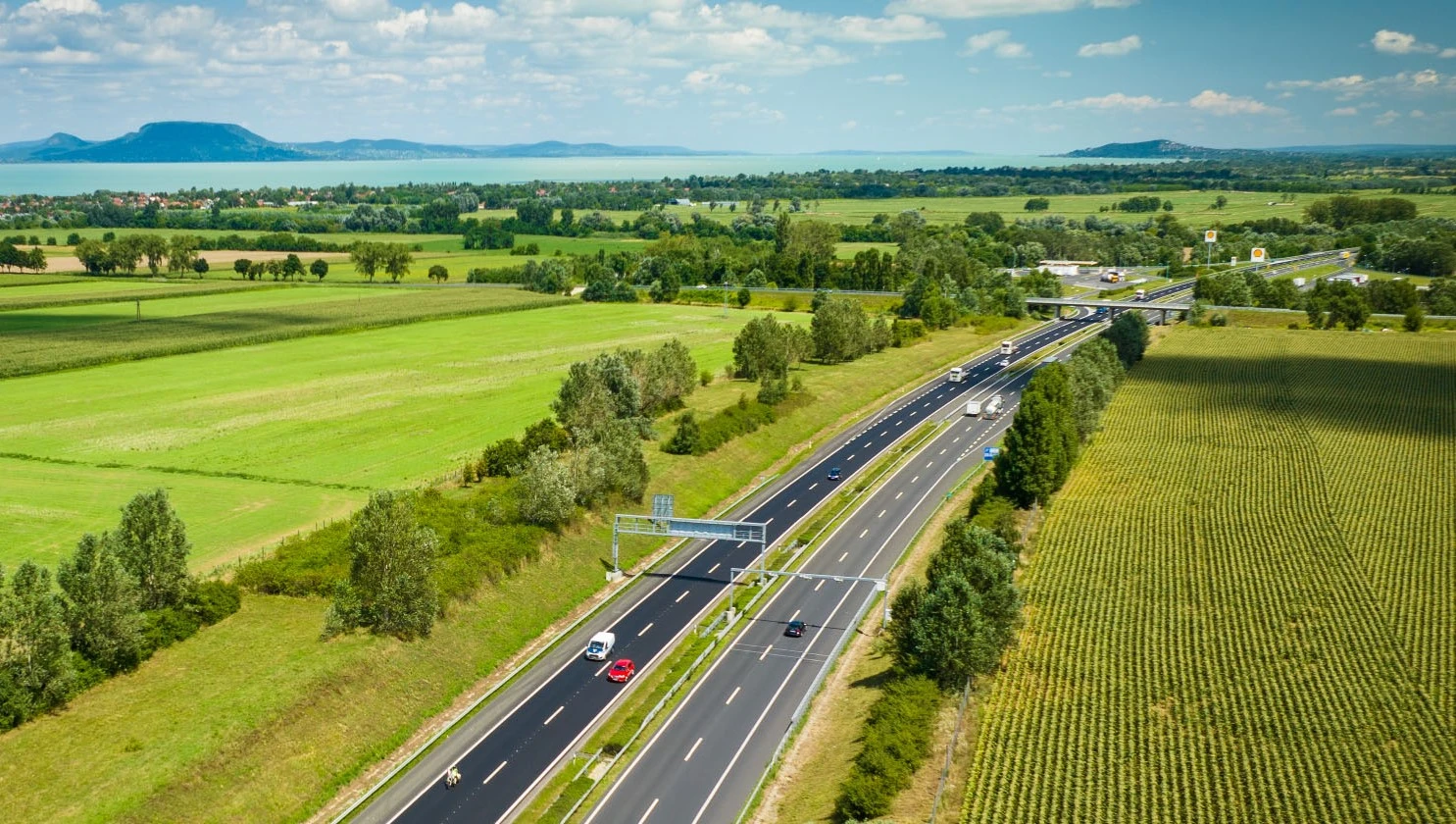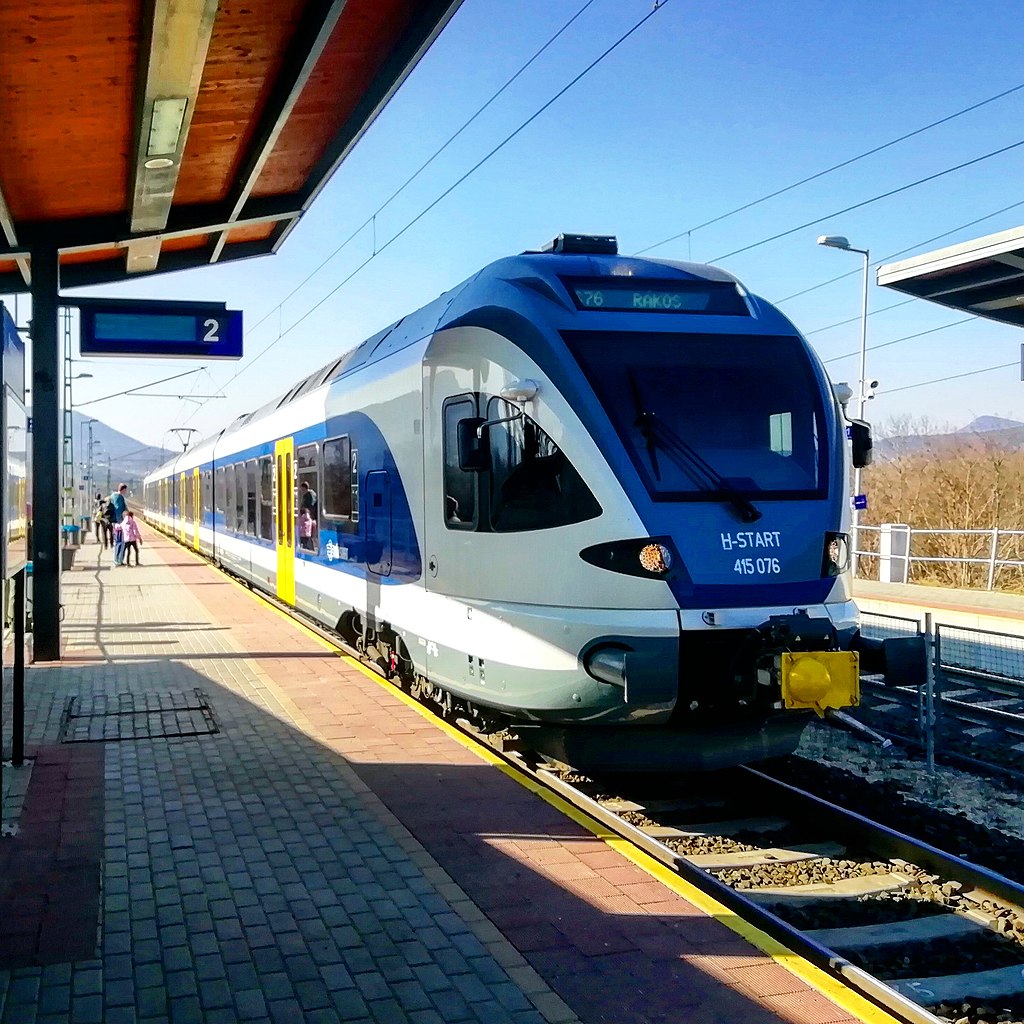Hungary’s railways left in the dust as government funnels billions into roads

Recent government decisions on transportation infrastructure paint a sharp picture of Hungary’s priorities. While the country’s road network is set to receive a massive injection of funds, the railway system appears to be stagnating at best. According to a government resolution, Hungary plans to invest HUF 1,500 billion (EUR 3.7 billion) into railway infrastructure by 2035, a sum that may seem impressive at first glance. However, closer inspection reveals that these plans are more about survival than advancement.
The improvements will focus on fixing decaying infrastructure and marginally increasing the speed of trains on the 2,700 kilometres of main lines, with promises of reducing travel times from Budapest to major cities by 10-20 minutes, G7.hu reports. Yet, even after these repairs, Hungary’s railways will still lag far behind European standards, with serious deficiencies such as non-accessible stations and the gradual closure of secondary lines.
Modest railway upgrades mask greater problems

The 39-page government resolution covers state investments across many sectors, including transportation. The railway segment includes a HUF 800 billion (EUR 2 billion) plan recently announced by Minister of Construction and Transport János Lázár. Half of this funding will come from a loan by the European Investment Bank (EIB), aimed at restoring the technical standards of the 1980s rather than pushing for modernisation.
The document acknowledges that speed improvements will primarily be achieved on lines with permitted speeds of 100-120 km/h, falling short of the 160 km/h target speed the EU expects for major railway lines. Hungary’s efforts to implement the ETCS safety system to allow higher speeds have largely failed, even on tracks where significant EU funds were spent, such as the Kelenföld-Székesfehérvár and Szolnok-Debrecen sections.
Additionally, the government aims to avoid the costs of complying with EU requirements such as station rebuilding and accessibility improvements, cutting corners wherever possible. The focus, then, is not on development but on catching up with years of deferred maintenance, intending to make the network functional for the next 10-15 years.
Road investment dwarfs railway spending
Although the planned HUF 1,500 billion investment in railways is substantial, it pales in comparison to the amount allocated for road infrastructure. The government has earmarked a staggering HUF 9,000 billion (EUR 22.5 billion) for the construction of new expressways, a figure six times higher than the railway budget.
To put this into perspective, the road investment could fund the construction of 640 kilometres of high-speed railway tracks capable of supporting speeds of 250 km/h—enough to create a high-speed rail network across Hungary.

Yet, instead of modernising its railway system, the government has prioritised road expansion, allocating significant resources to new highways, despite the environmental and long-term mobility benefits rail investments could offer.
New trains, but the problems remain
One bright spot in the government’s railway plan is the acquisition of new rolling stock. The plan includes the purchase of 500 new vehicles, which will expand the MÁV-Start fleet by 398 units, G7.hu writes. These include 15 high-speed EuroCity trains, 29 domestic InterCity trains, and 95 regional electric multiple units (EMUs), among others. However, the inclusion of older diesel locomotives and the limited scope of vehicle replacements highlights a deeper issue: many of Hungary’s railway vehicles are nearing the end of their life cycle, with an average age of 49 years for diesel locomotives.
Furthermore, the ageing suburban HÉV network is notably absent from the government’s plans, Telex reports. While the replacement of these outdated vehicles was once considered a priority, it now seems sidelined, despite the recent service reductions caused by the poor condition of the rolling stock.
The fate of secondary lines

The future of Hungary’s railway network looks bleak for secondary lines, which are essential for connecting rural areas. The government’s plans all but confirm that the development of these lines has been abandoned. Instead of modernisation, these routes face a gradual phase-out, with some lines potentially being closed entirely. Even the planned acquisition of 68 battery-powered trains is unlikely to alleviate the problems on these tracks, as they remain too dilapidated to handle modern trains.
Conclusion: Roads over railways
In short, Hungary’s railway system appears to be stuck in a time warp. While road infrastructure is set to expand dramatically, the rail network remains underfunded and undersupported. Without significant changes, the dream of a modern, European-standard railway system seems increasingly out of reach, leaving Hungary’s railways on track for a future of slow progress and gradual decline.
Read also:
- Hungarian state plans drastic service cuts on key HÉV lines due to lack of usable trains
- Hungary’s road development project: Massive upgrades announced
Source:






There is acceptance in Hungary, we known of the “Bleeding” from Orban – the Fidesz Government, that continues to occur, giving “Favours” in return on Major projects to those by “Association” members and supporters of the Orban – Fidesz Government regime.
Road construction – all that is associated in the requirements to build or up-grade the “aged” expressways, highways, roads, bridges -just an inkling, a small amount of the constructional materials / requirements – in these Mega euro projects.
We KNOW – the European Union Funding, that has been sort by the Orban – Fidesz Government over 15 years they have been the Government of Hungary.
There is a combination of the funding on these major roads projects but the money used that of the taxes paid to this Orban – Fidesz Government minimal, and it’s PREDOMINANTLY – funded through the European Union.
We KNOW – that in the Fidesz Oligarchy – it contains large number of members, members of the Fidesz Party – “inner sanctum” – who run operate and own outright companies that SPECIALISE in the subject – road construction and “other” this article refers.
WE know – from the FAVOURS of Orban – his Fidesz Government – these Oligarchy HAVE made there millions of Euro increased there personal wealth “multiple” times.
Orban – through “support” but more importantly DONATIONS into the Fidesz Political Party – the RETURNED favour continues to be in appointing these Oligarchy “controlled” companies to these MAJOR road and “other” up-grades and construction.
This confirms what we FACTUALLY know the process engaged and undertaken by the Orban – Fidesz Government over 15 years – to BLEED citizens funds and by FAVOURS “sign off” permitting the Oligarchy costings for there NUMEROUS projects being act’s of misappropriation of funding – “exploded” costings – from the European Union Funds that have been paid out for such projects.
Rail – this Orban – Fidesz Government – lacks the ability to “Grease the PALMS” of the Oligarchy not completely as we KNOW – the ballast “scam” an example, but from a POWER and Influential perspective in the Governance of Hungary – enforcing POWER over a Governments decision making position – the name RAIL is “distanced” in Oligarchy “hand outs”.
Orban – the Fidesz Governments – there PROVEN gargantuan FAILINGS to PRIORITIZE investment / spending continues to be through a process of FAVOURITISM to it’s OWN – it’s Oligarchy and “other” of membership support.
Orban – the Fidesz Government, conduct that is HEINOUS – that we as tax payers continue to be ABUSED from there Mantra / Creed.
These priorities are topsy turvy in the modern world, one where we accept the reality of climate change and should be encouraging use of public transport wherever possible. Hungary’s road network is arguably already sufficiently well developed to enable speedy travelling times and support the country’s industrial growth. Hosing more money into road construction is a poor use of funds at a time when the railways have never been more dilapidated and unreliable, while also being used by record numbers of passengers due to the recent ticketing reforms. Like Spain, Hungary is at risk of becoming the land of unused roads whose longer term maintenance is unviable from existing revenue streams while the railways fall into an ever more untenable position. Quite apart from all this, Hungary isn’t in a financial position to be spending so large on roads. It would be one thing if the EU would shoulder most of the cost, as it did in Spain leading to the frenzied building of roads to nowhere, but with EU money now scarce there are vastly more important uses for precious funds than yet another 4 lane expressway connecting small towns.
The government appears to be going out of its way to encourage car ownership as it generates major revenue for the government, from VAT paid on the purchase price to ongoing annual taxes, fuel taxes and VAT paid on repair bills. This is obsolete thinking going back to the push for motorisation from the 60s in the west that those countries have since abandoned. You need to discourage car ownership where practicable, not encourage it, or indeed to give people no option than to invest in a car because MAV is nigh on unusable.